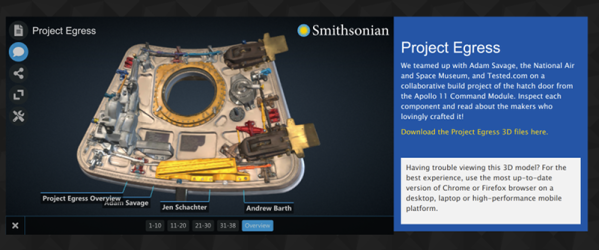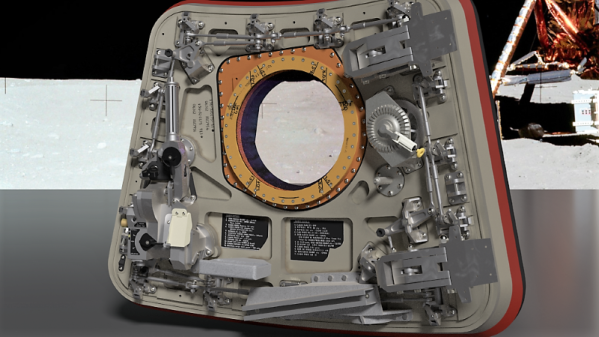
We love home theater hacks and this one especially since it is also part of a larger home automation project. [Falldeaf] use Z-Wave wireless home automation and includes mains switching for his television. The only problem being that when power is switch back on the TV remains in the standby state. His solution was to use an ATtiny85 to detect power, then push the IR code to turn the TV on after a short delay.
[Pjkim] wanted to prototype using the Tiva Launchpad on his Mac. He managed to get a toolchain up and running that includes the TivaWare libraries. He put together a guide that shows how to set up Eclipse and Energia for the Tiva family. If you haven’t heard of Energia check out the Github Readme.
Most folks have a smartphone and you can bet that the handsets are Bluetooth enabled. But we think there is still a low percentage who are connecting their smartphone audio to wireless speakers. [Anton Veretenenko] shows how you can use some cheap KRC-86B modules from Ali Express to make your own wireless speakers. He’s even powering his hack with a single 18650 Li-Ion cell.
Taking a turn away from electronics we got a chuckle out of [CADFood’s] plan to make pearls with his bicycle. He used DesignSpark Mechanical to model what amounts to a bicycle powered ball mill. It attaches to his spokes and after taking a hammer to some oyster shells he loads them up and goes for a ride. Well actually he needs to go for a bunch of rides. The idea is that about six months of bicycling will yield a cache of pearls. [Thanks Holger]
We enjoyed this article on how designing powered scooters is changing engineering education. We’re happy to see that hacking is starting to be widely accepted as a functional and effective way to gain and pass on knowledge.
If you have access to a 3D printer you can own some of the relics from the Smithsonian. They’ve been 3D scanning some pieces in their collection and you can download the models.
And finally, [GravityRoad] is working on building a delta-bot arm to use as part of a performance art project. Check out one of the most recent development videos and if that gets you interested there’s much more on the website. [Thanks Charles]














